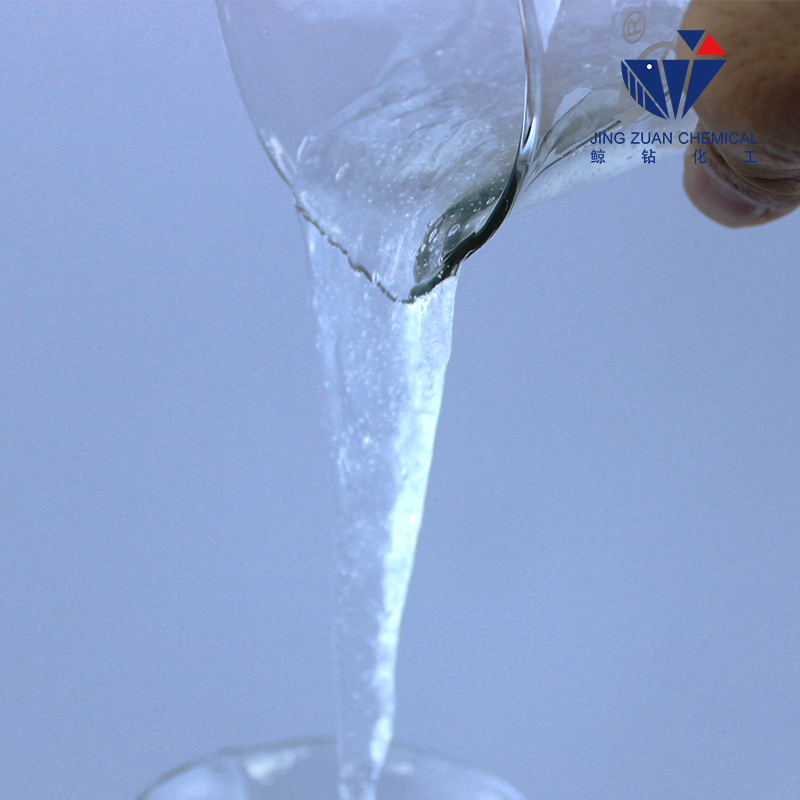
ທ.ວ. . 07, 2024 01:43 Back to list
Applications and Properties of Methyl Hydroxyethyl Cellulose in Modern Industries
Exploring Methyl Hydroxyethyl Cellulose Composition, Applications, and Benefits
Methyl hydroxyethyl cellulose (MHEC) is a chemically modified cellulose derivative that has gained significant attention in various industries due to its versatile properties. As a non-ionic water-soluble polymer, MHEC plays a crucial role in applications ranging from construction to food production. This article explores the composition, uses, and benefits of methyl hydroxyethyl cellulose, highlighting its importance in modern formulations.
Composition and Properties
Methyl hydroxyethyl cellulose is derived from cellulose, a natural polymer found in plant cell walls. The modification involves the introduction of methyl and hydroxyethyl groups, which enhances the solubility and functionality of the cellulose. MHEC is characterized by its white to off-white powder form, which is odorless and tasteless. When mixed with water, it forms a clear viscous solution that exhibits thickening, binding, film-forming, and stabilizing properties.
One of the key features of MHEC is its non-ionic nature, making it compatible with a variety of other ingredients without causing any unwanted reactions. Additionally, its thermal stability contributes to its effectiveness in different temperature ranges, further expanding its applicability.
Applications
1. Construction Industry MHEC is extensively used in the construction sector, particularly in tile adhesives, cement-based grouts, and plasters. Its ability to improve the workability and adhesion of mortars makes it an essential additive. MHEC enhances water retention, allowing for extended open times and preventing premature drying of the mixtures. This property is vital for ensuring proper bonding and durability of construction materials.
2. Pharmaceuticals In the pharmaceutical industry, MHEC serves as a thickening agent in syrups and suspensions. It aids in stabilizing formulations, ensuring that active ingredients remain evenly distributed. MHEC is also used in controlled-release drug delivery systems, where its gel-forming abilities facilitate a gradual release of the drug, improving therapeutic effectiveness.
methyl hydroxyethyl cellulose

3. Food Industry MHEC finds applications in the food sector as a thickener, emulsifier, and stabilizer. It is commonly used in sauces, dressings, and dairy products, where it helps to achieve desired textures and improve mouthfeel. MHEC’s ability to retain moisture enhances the shelf life of food products while maintaining quality.
4. Personal Care Products The cosmetics and personal care industries benefit from MHEC's film-forming and stabilizing properties. It is frequently used in lotions, creams, and shampoos, where it contributes to consistency, reduces greasiness, and improves overall product performance. MHEC also enhances the spreadability of formulations, making them more appealing to consumers.
5. Paints and Coatings In the paint industry, MHEC acts as a thickener and film-forming agent. It improves the viscosity and stability of paint formulations, ensuring even application and better coverage. Additionally, MHEC can help in controlling the drying time of paints, making it easier for users to work with different products.
Benefits of Methyl Hydroxyethyl Cellulose
The incorporation of methyl hydroxyethyl cellulose in various formulations offers a range of benefits
- Versatility MHEC’s extensive compatibility with other substances allows it to be used across multiple industries without significant formulation changes. - Improved Texture and Stability In food and cosmetic products, MHEC enhances texture, providing smoothness and stability that boosts consumer satisfaction. - Cost-Effectiveness Utilizing MHEC in formulations can potentially reduce production costs while maintaining product quality, making it a favorable option for manufacturers.
Conclusion
Methyl hydroxyethyl cellulose is a remarkable ingredient that has transformed numerous industries with its unique properties. As a versatile polymer, MHEC enhances the performance of products ranging from construction materials to food items and cosmetics. Its ability to improve texture, stability, and workability makes it an invaluable additive that caters to modern formulation needs. As research and development continue in this field, MHEC is poised to play an even larger role in innovative applications, benefiting both producers and consumers alike.
-
Versatile Hpmc Uses in Different Industries
NewsJun.19,2025
-
Redispersible Powder's Role in Enhancing Durability of Construction Products
NewsJun.19,2025
-
Hydroxyethyl Cellulose Applications Driving Green Industrial Processes
NewsJun.19,2025
-
Exploring Different Redispersible Polymer Powder
NewsJun.19,2025
-
Choosing the Right Mortar Bonding Agent
NewsJun.19,2025
-
Applications and Significance of China Hpmc in Modern Industries
NewsJun.19,2025







